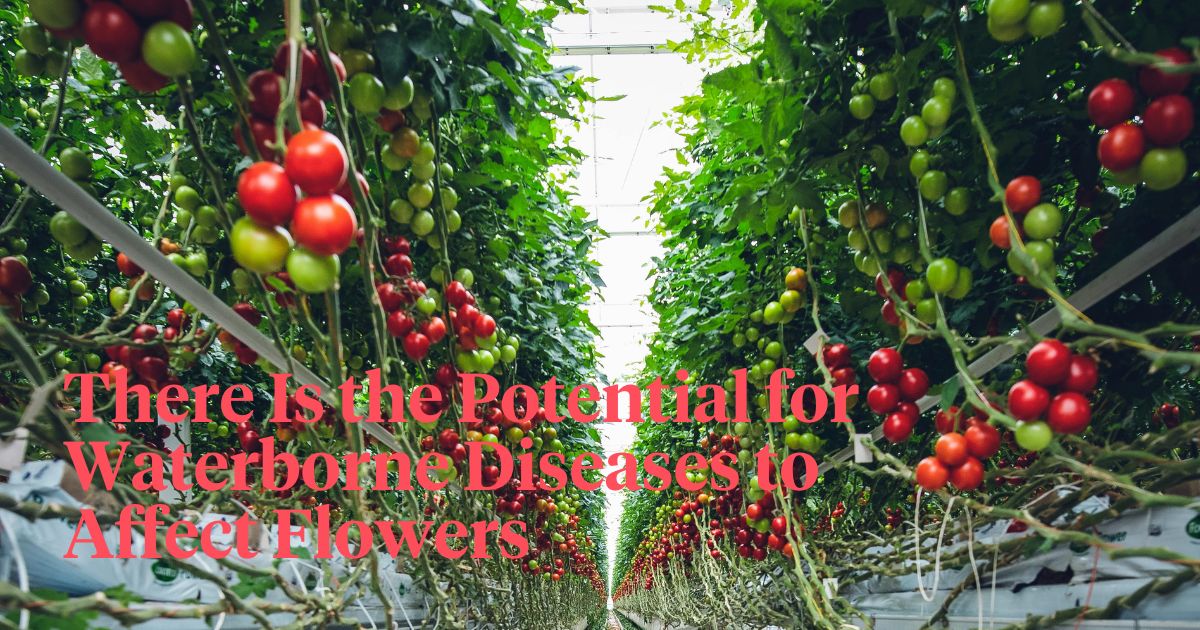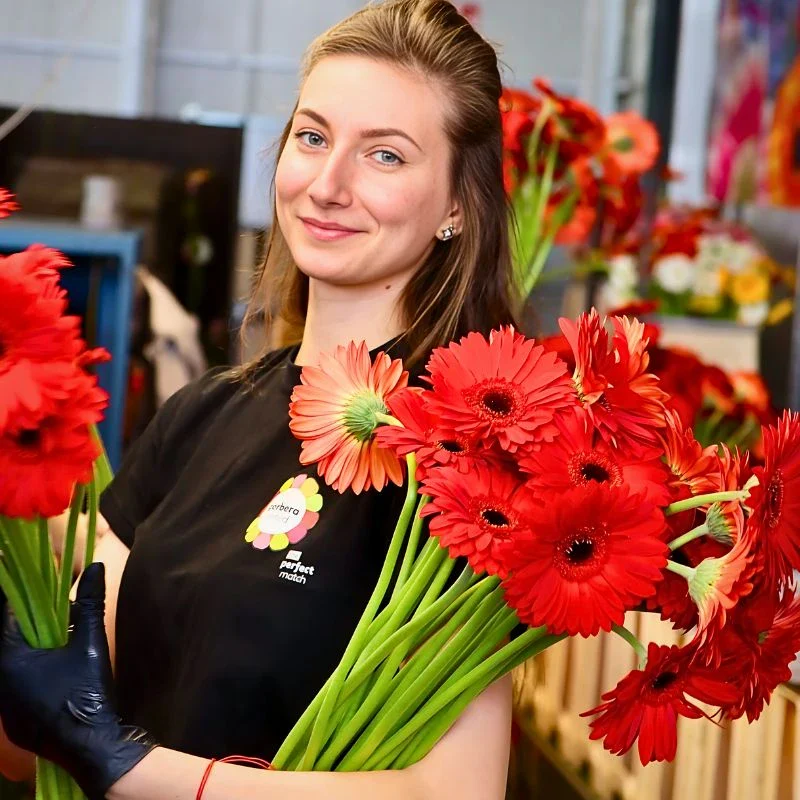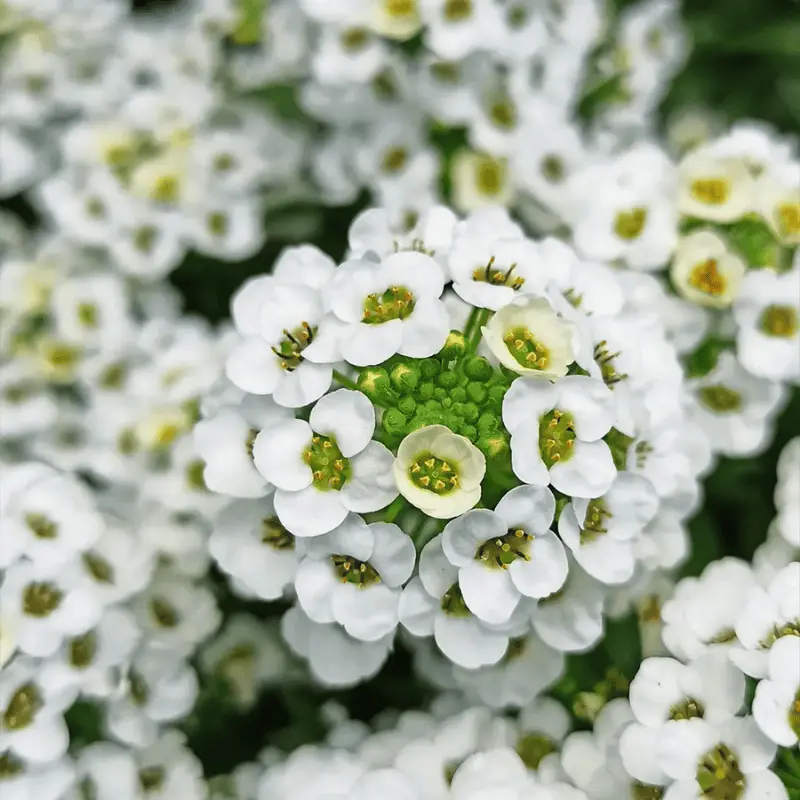Hydroponics is a very popular method of growing flowers and plants of all sorts without soil. However, this does not mean that all flowers are suited for hydroponic growth. Not all flowers grow well in hydroponic conditions, with some being much better than others. Today, we’re going to take you on a guide on choosing the best flowers for hydroponic cultivation.
Importance of Choosing the Right Flowers for Hydroponics
Choosing the right flowers for hydroponics is very important for a number of reasons. First, some flowers just don't do well in hydroponic conditions, with some yielding much less than others. Some flowers don’t perform well in the environmental conditions produced by a hydroponics setup.

Choosing the right flowers for a hydroponic system is also important because not all flowers use nutrients the same way. Some flowers are far less efficient at taking nutrients than others, and this can lead to issues in hydroponics systems.
What also makes choosing the right flowers so important for a hydroponic system is that some are more susceptible to disease than others. With hydroponics, there is the potential for waterborne diseases to affect flowers. If you are worried about this, choosing flowers that are more disease-resistant is called for.
Also important to note is that there are different types of hydroponics systems out there. Not all flowers are suited for all hydroponics systems. Some do better in NFT, some in DWC, and so on and so forth. On that note, your hydroponic setup is only going to be so large, so choosing flowers that won’t spread out too much is important too.
Key Considerations for Choosing Flowers for Hydroponics
There are several key considerations to keep in mind when choosing the right flowers for your hydroponic system.
- Consider the environment that the flowers in question need compared to the environment produced by the hydroponics setup (with temperature and humidity being prime considerations).
- The next important consideration is the growth size and habit of the flowers in question. Generally speaking, flowers that stay relatively small and don’t spread out much are ideal for hydroponics.
- You can select multiple flower types, but they all need to have similar nutrient requirements if you expect to keep them all in the same hydroponics system. You won’t be able to customize nutrients for each flower species if they’re all connected to the same hydroponic setup.
- Seeing as hydroponics comes with the risk of waterborne diseases, it’s best to choose flowers that are known for having a high level of disease resistance.
- Consider the lifecycle of the flowers in question as well. Biennials, perennials, and annuals all have different life cycles, so choose those that suit your planting schedule the best.

Best Hydroponic Flowers
Here we have a list of five great flowers for hydroponics, along with a quick description of what makes them so ideal for this growth method.
Orchids
Orchids are beautiful flowers with really delicate yet intricate structures, and they come in many different shapes and colors. They’re ideal for hydroponics as they grow fine with their roots exposed to air, and they do well in controlled conditions. Using the right kind of hydroponic system to avoid root rot is crucial.
Carnations
Carnations feature a ruffled appearance with the blossoms being ball-shaped, plus they come in a plethora of colors too. They do well in hydroponic systems because they need constant nutrients and water, plus their root system is compact. They also tend to do well in rockwool substrate.
Petunias
Petunias also do well in hydroponic systems, as they benefit from a steady nutrient supply, which allows them to bloom into a variety of colors. They do grow a bit quickly, but are also fairly easy to maintain.
Gerbera Daisies
Gerbera daisies are well-known for their bright colors and large blooms. They do well in hydroponic systems, particularly in open-air models, as they benefit from good drainage. They also need really precise nutrient and pH levels, which are easy to control in a hydroponic system.
Marigolds
Marigolds can be red, orange, or yellow, and are always super vibrant. They’re good for hydroponics as they don’t have large root systems, plus they’re great at repelling pests.

Tips for Maximizing Flower Growth
There are a few tips that you need to follow to maximize flower growth in hydroponic setups.
Maintain Optimal Nutrient Levels
Perhaps one of the most important factors when aiming to maximize flower growth in hydroponic systems is to maintain optimal nutrient levels. Every flower will have slightly different optimal nutrient levels, with nitrogen, potassium, and phosphorus often being the three most important ones to pay attention to. Make sure to get yourself a good EC meter so you can keep track of those nutrients.
Maintain Optimal pH Levels
Just like it's important to keep track of nutrients, you also need to maintain optimal pH levels. pH is essentially the acidity of the watering solution. In most cases a pH level between 5.5 and 6.5 is recommended. However, to know what the pH level is at all times, a suitable pH meter is needed. The ideal pH level for flowers will also allow them to absorb nutrients properly.
How the pH Growee pH Controller Balances the pH of Hydroponic Water
Growee Automated pH Controller is an essential tool designed to automatically manage and balance the pH levels of water used in hydroponic systems.
By constantly monitoring water quality, this device ensures optimal pH levels are maintained, promoting healthier plant growth and increasing nutrient efficiency. Its user-friendly interface allows for easy setup and operation, while its precise sensors and durable construction make it a reliable choice for both novice and experienced growers.
Through automated adjustments, the pH Growee pH Controller dispenses the right amount of acid or base solution into the hydroponic reservoir, keeping the water conditions perfect for plant health and productivity.
Provide Enough Sunlight and Airflow
To help your flowers grow properly, make sure you provide them with enough sunlight. Exactly how much sunlight flowers need, if they need full or partial sunlight, and how strong the intensity of the light should be will depend on the flower in question.
Maintain Ideal Temperature and Humidity Levels
The other factors to keep in mind here are temperature and humidity. Make sure that you have temperature and humidity control elements in place to prevent levels from moving too far in either direction.
Final Words on Maximizing Flower Growth in Hydroponics
The bottom line is that maintaining hydroponic flowers is made easy when you have the right tools at your disposal, such as those from Growee. Growee automated hydroponic systems automatically monitor and adjust EC, pH, and temperature, so you can watch your flowers grow big and strong without having to do the heavy lifting.










